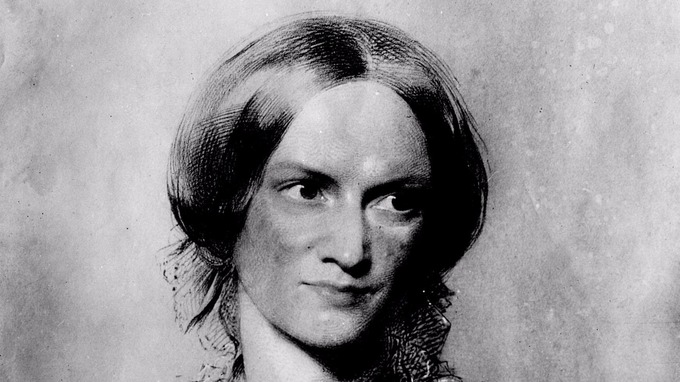When you first look at the manuscript of Elizabeth Gaskell’s The Life of Charlotte Brontë, you are struck by how messy it is—compare this to her other manuscripts and the difference is quite shocking (for people like me, who live for this stuff). It’s no surprise: Charlotte Brontë, in many ways, was Gaskell’s ultimate challenge. She had never attempted biography; she had never had to contend with real-life characters who threatened to charge her with libel (‘and here’s to you, Mrs Robinson’)* and demanded revisions (Harriet Martineau, I’m lookin’ at you)**. Even before she started writing, Gaskell knew that this was a precarious business—she had been approached by Patrick Brontë to write the biography in response to rumours that were circulating about Charlotte after her death. Continue reading “Whose line is it anyway? William Gaskell’s The Life of Charlotte Brontë”
